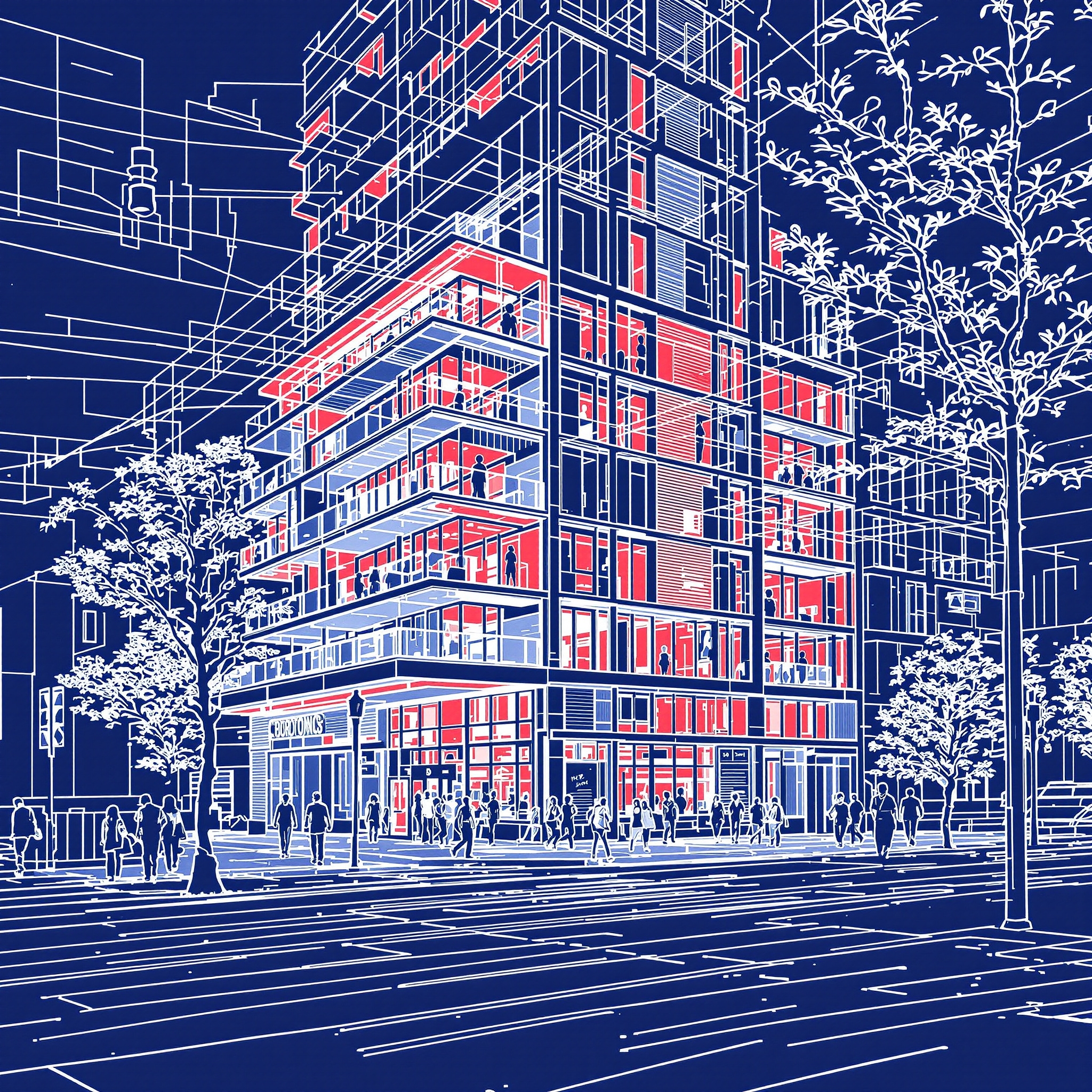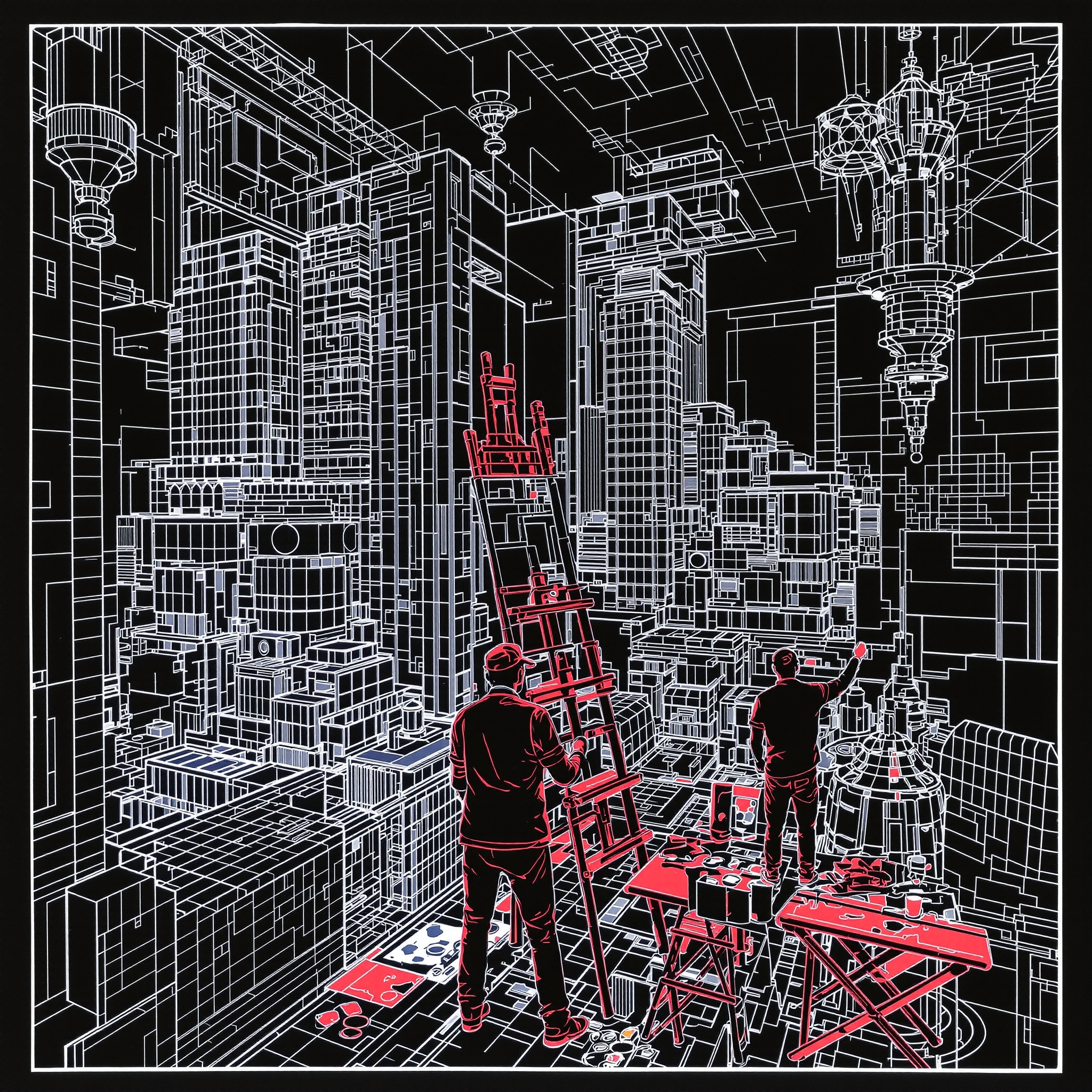For Ontario developers, Tarion is a permanent fixture — but never a fixed one. Its role in overseeing builder obligations has shifted over decades, each adjustment layered on the last, often in response to consumer pressure or high-profile builder missteps. The most recent changes, including tighter deposit protections and sharper oversight of freehold projects, mark another turn in this long evolution.
The good news? These aren’t existential threats to developers. But they are signals: Tarion is becoming more protective, more consumer-facing, and more demanding of transparency. Builders who treat this as an inconvenience risk fines, disputes, and reputational harm. Builders who adapt early can transform compliance into competitive edge.
What’s Changing: New Protections, New Expectations
At the centre of the latest Tarion changes are enhanced protections for freehold buyers. Starting in 2026, buyers must notify Tarion within 45 days of signing their APS to receive full deposit protection. Miss that deadline, and they’re covered under a different fund — one with tighter limits.
On paper, this is a consumer-facing policy. But in practice, it creates new obligations for developers. Why? Because buyers often don’t read the fine print. They’ll look to the builder for clarity — and if they miss the window, the blame rarely lands on their own desk. Developers who don’t have communication systems in place will suddenly find themselves in conflict with their own purchasers over rules they didn’t write.
Meanwhile, Tarion has signalled a broader shift: more audits, more tracking of SLAs, and more scrutiny of how developers manage critical dates, PDIs, and warranty milestones. The theme is unmistakable — consumer protections are getting sharper, and developers are under the microscope.
The Real Risk: Reputation, Not Regulation
Developers often frame Tarion obligations as regulatory risk: missed filings, incomplete forms, late notices. But the bigger risk is reputational. A buyer who feels misinformed or neglected doesn’t just file a claim — they tell their lawyer, their friends, and, increasingly, their social networks.
A single missed communication about deposit protections can balloon into a reputational storm. A poorly handled PDI can trigger not just Tarion claims but long-term damage to a brand’s credibility. Tarion may enforce the rules, but the marketplace enforces perception — and that’s where the stakes are highest.
How Smart Developers Are Responding
Forward-thinking Ontario developers aren’t waiting for Tarion audits to remind them of their obligations. They’re building compliance and communication into their process from day one. Here’s what that looks like:
Structured Purchaser Communications
Every buyer receives branded, plain-language explanations of their protections, deadlines, and milestones. No one leaves confused about deposit rules or warranty timelines.Integrated Databases
Purchaser records are tracked in systems that flag deadlines automatically, ensuring teams never miss critical notices.Proactive PDIs and QA Oversight
Inspections are reframed as reputation-builders, with superintendent-led QA ensuring issues are caught before homeowners ever notice them.Warranty Roadmaps
Instead of treating warranty as a reactive phase, developers provide clear, forward-looking guides showing buyers what to expect at 30 days, one year, and beyond.Technical Audits
Builders prepare in advance for Tarion’s structural and systems audits, aligning with engineers and QA teams to eliminate surprises.
The common thread is intentionality. Instead of scrambling to react when Tarion changes the playbook, these developers embed compliance and communication into their DNA.
Case Study: Compliance as Brand Builder
Consider two mid-sized developers who recently launched projects in the GTA.
Developer A took a minimal approach to Tarion updates. Purchasers were given standard contracts and told to “check the website” for deposit protection details. When buyers missed the 45-day notification window, several claims arose, each one creating friction between builder and buyer. Legal teams got involved, and the developer’s name surfaced in local media coverage about complaints.
Developer B built a structured communication program. Purchasers received branded summaries of deposit rules, automated reminders of deadlines, and proactive FAQs. When Tarion introduced new protections, the developer had messaging ready. The result: no complaints, smoother closings, and a boost in reputation as “the builder who keeps you informed.”
The difference wasn’t quality of construction. It was quality of communication.
The Bigger Picture: Tarion as Market Signal
Tarion isn’t just a regulator. It’s a barometer of consumer pressure. Every adjustment reflects public demand for more protection, more accountability, and more clarity. Developers who resist these shifts are swimming against the tide. Developers who embrace them position themselves as consumer-centric leaders.
And here’s the irony: doing Tarion well doesn’t just keep you compliant. It reduces costs. Clear communication lowers service inquiries. Structured QA lowers warranty claims. Proactive audits reduce remediation expenses. The payoff is tangible — and measurable.
Practical Takeaways for Developers
If you’re planning your next project in Ontario, here’s where to start:
Audit your communications. Can a buyer easily understand their deposit protections, Tarion timelines, and critical dates?
Strengthen your databases. Is every deadline tracked, flagged, and documented?
Empower your site teams. Do superintendents have authority to verify quality before issues reach Tarion?
Plan for technical audits. Are you prepared for the two-and-a-half-year process with structural and systems reviews?
Make compliance part of brand strategy. Stop treating it as a checkbox — use it to stand apart.




